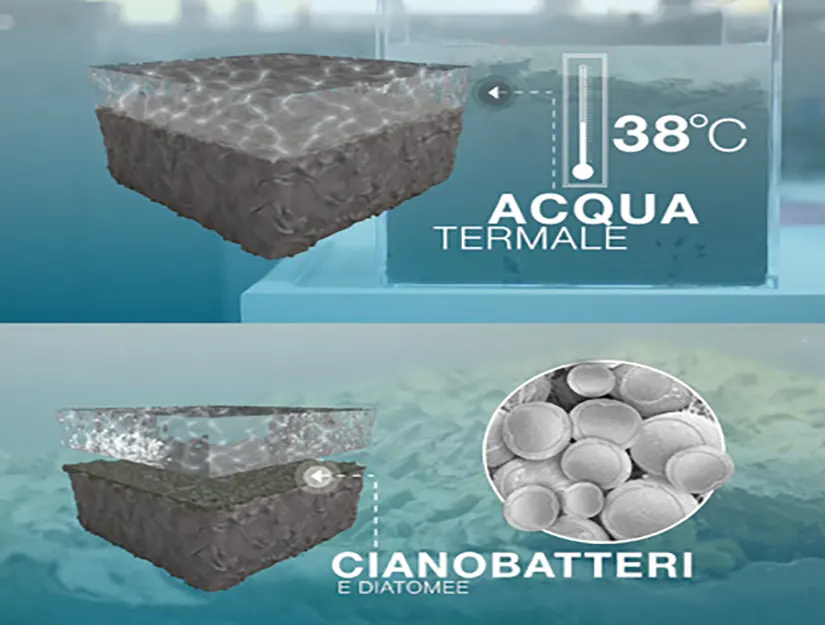MOMENTS OF NATURAL WELLNESS
The Euganean Spas
The Euganean Spas
Euganean Spas are the largest ones in Europe. They are recognized all over the world for their Prevention and Health treatments by hyperthermal water and high-quality certified patented mud.
Nowadays, the goodness of this therapy has been testified by Centro Studi Termali Pietro d’Abano’s scientific researching. Matched with the extraordinary nature of our places, these effective treatments looked like godly evidence in ancient Venetians’ eyes.
In pre-Roman times, numerous hot and cold springs used to be covered by pungent smoke. They naturally
surfaced from the ground, impressing and fascinating local people. Romans dedicated the whole area to Aponus, making it one of their Empire’s most important places for health care and resort. It was called “acquae Patavinae”.
Remains of thus still so modern past have emerged from excavations by University of Padua and today they are part of a larger project called Archaeological Site of Euganean Spas. As in those days, these well-being areas are still surrounded by our reinvigoratingly green Euganean Hills and they are ideal targets for relaxing and gaining your health back.

Water, a unique richness
Euganean thermal water has meteoric origin and it is found into uncontaminated basins of Monti Lessini in the Venetian Alps. It is about 1,500 m high, flowing into subsoil until a depth of 2,000-3,000 m, where it gets enriched with mineral salts. After running approximately 80 km in order to reach Euganean Spas, it gushes to the surface again at a really high temperature – over 85° C. It has probably been down there for tens thousand years.

The maturation of the mud
Thanks to its chemical and physical therapeutic properties,it is defined according to a wellestablished
medical classification of the 30s, yet still used today, that is hyperthermal water enriched with minerals.
Its dissolved electrolytes such as sodium and chlorine – plus a high percentage of nitrogen up to 90% of gas altogether – are necessary for the so-called thermal mud ripening. Mud immersed into thermal water for about two months – the so-called “ripening time” – at an optimal temperature of 35-38 °C into suitable tanks or silos, is going to develop microorganisms’ aggregate on its surface. It is a blue-greenish biofilm mainly made of cyanobacteria and diatoms, once named simply algae.
